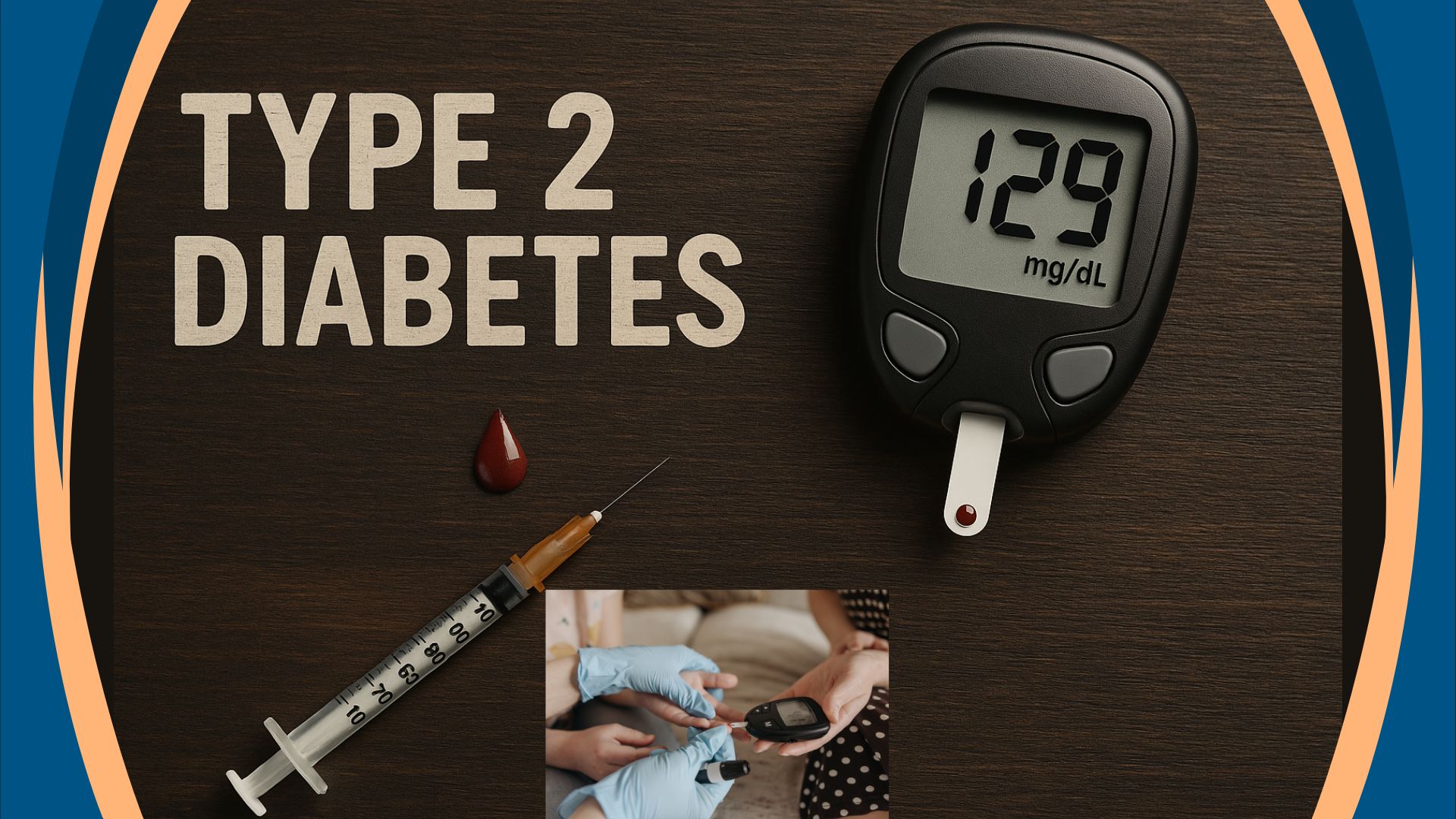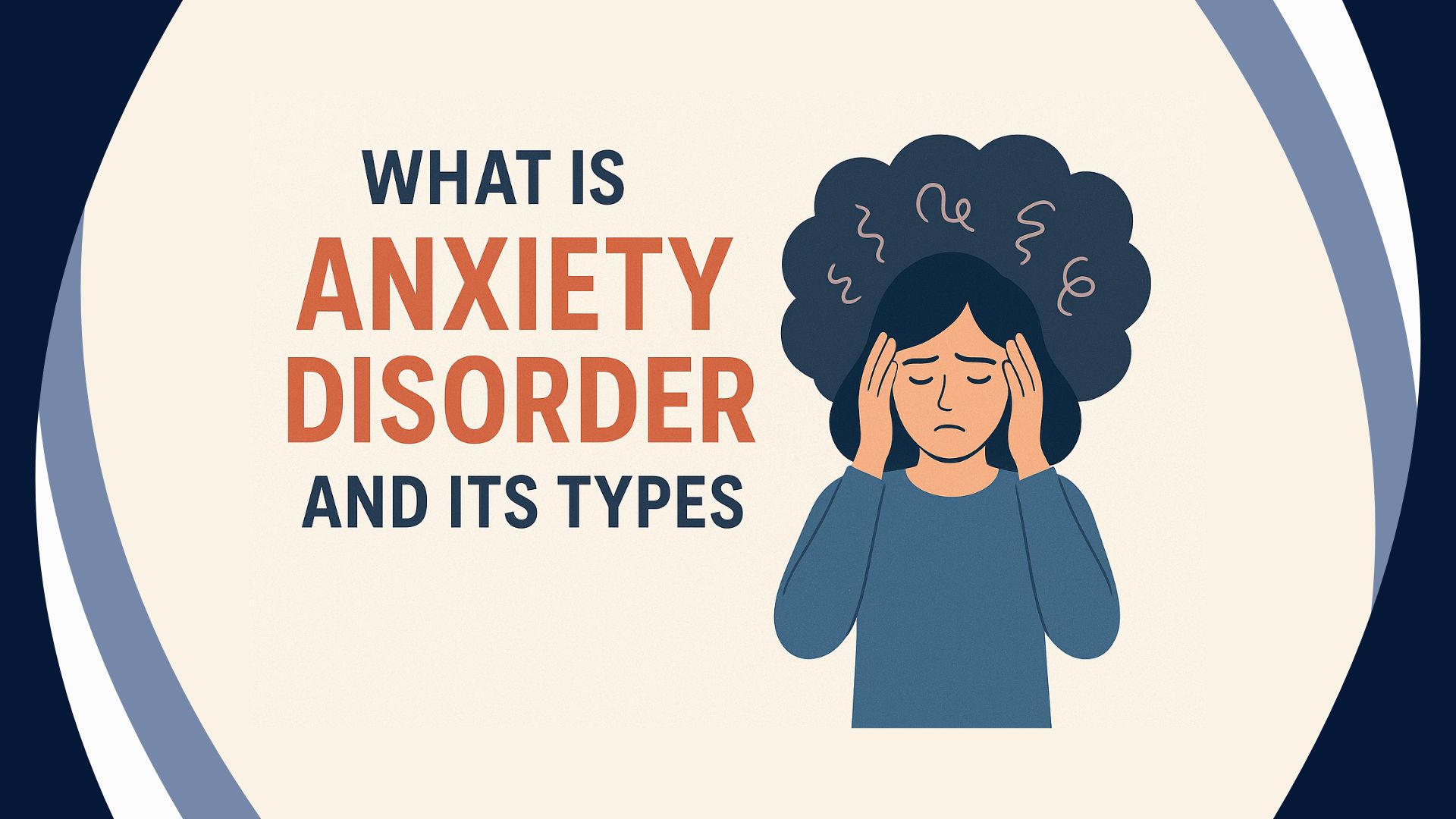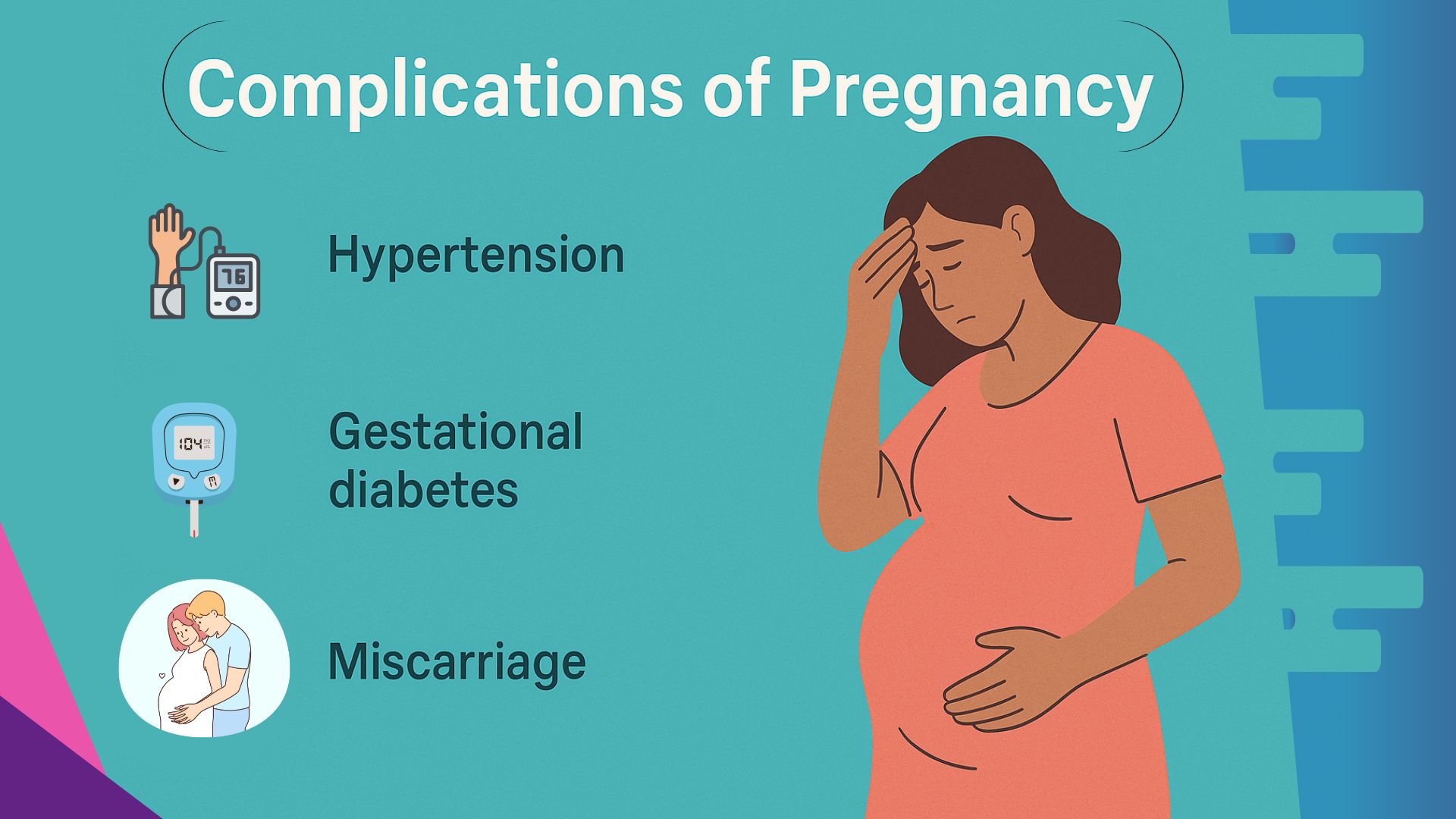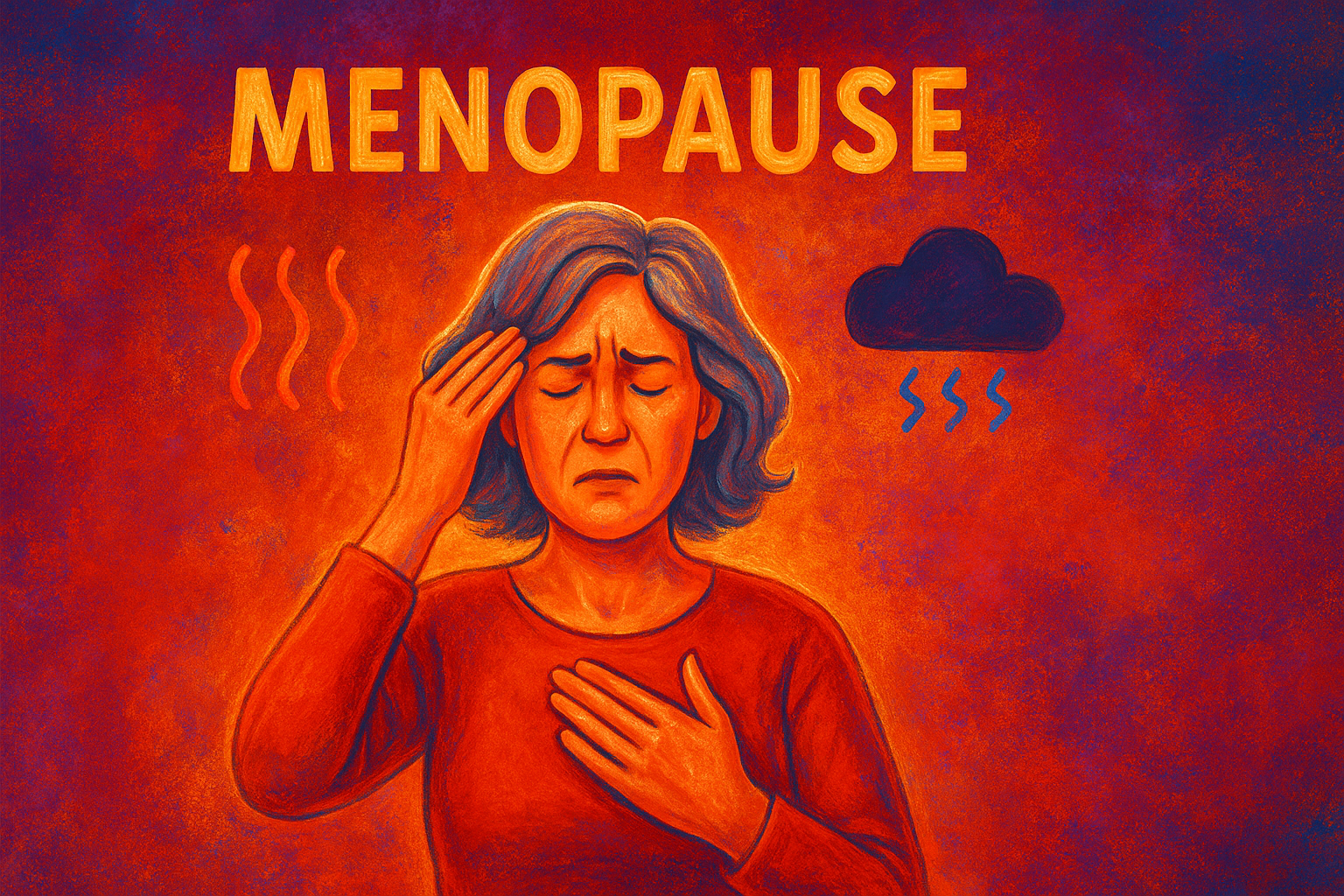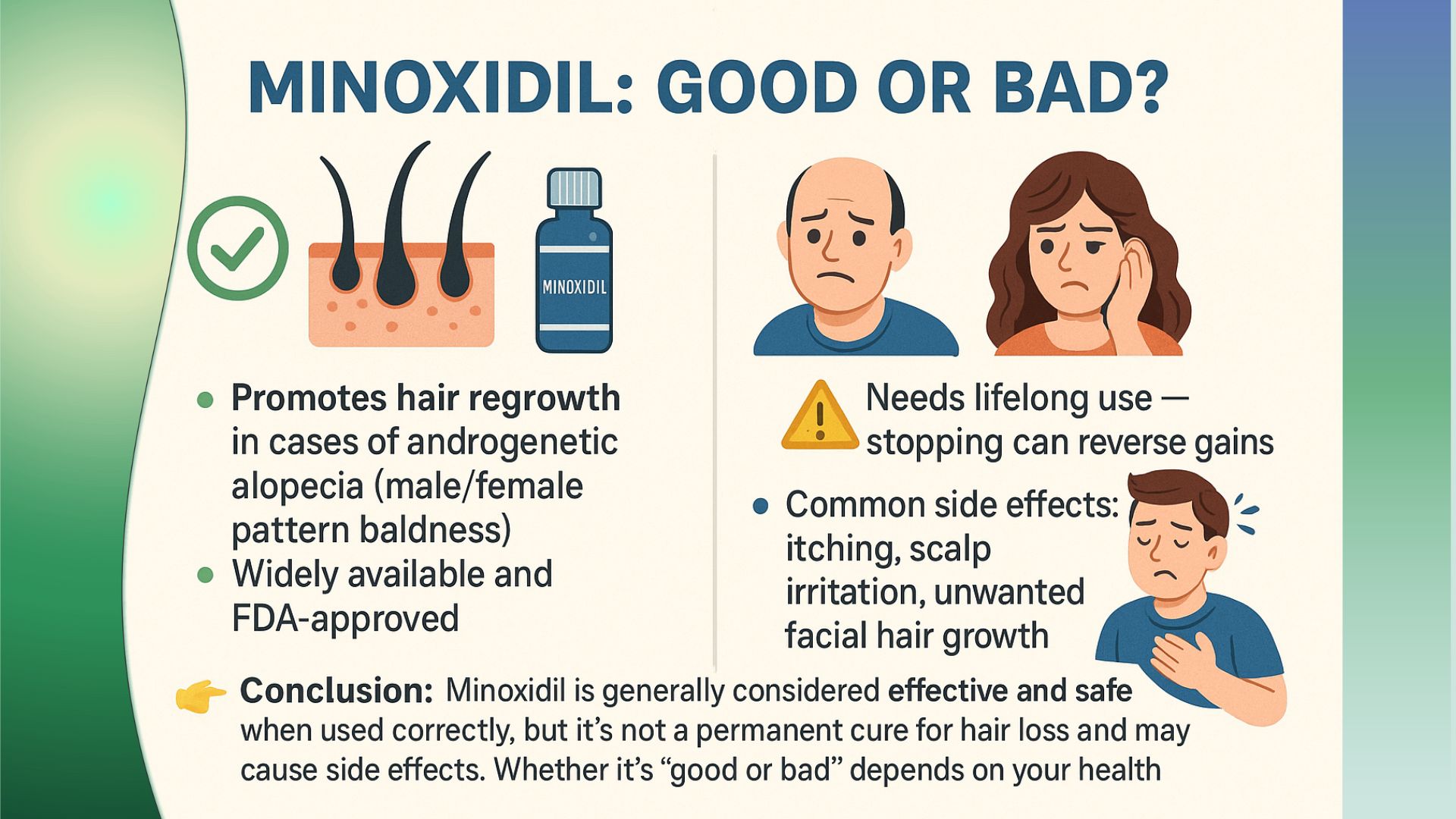Type 2 Diabetes
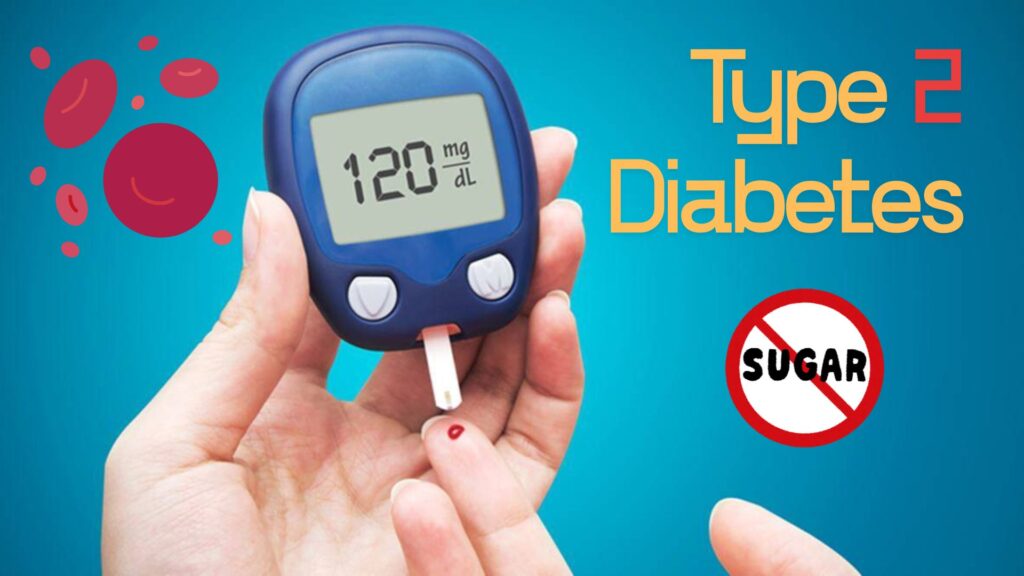
Type 2 Diabetes is a chronic metabolic condition characterized by elevated levels of glucose (sugar) in the blood due to insulin resistance and/or inadequate insulin production. Unlike Type 1 diabetes, which is an autoimmune condition where the body attacks insulin-producing cells in the pancreas, Type 2 diabetes typically develops over time and is influenced by lifestyle factors and genetics.
Symptoms
Causes
Treatment
Key Characteristics:
- Insulin Resistance: The body’s cells become less responsive to insulin, a hormone that helps cells absorb glucose from the bloodstream. As a result, glucose accumulates in the blood.
- Inadequate Insulin Production: The pancreas may not produce enough insulin to compensate for the body’s increased demand due to insulin resistance.
- Gradual Onset: Type 2 diabetes usually develops gradually over years and can go unnoticed for a long time because its symptoms may be mild or nonspecific.
Symptoms of Type 2 Diabetes:
- Increased Thirst: Feeling unusually thirsty and drinking more fluids than usual.
- Frequent Urination: Needing to urinate more often, especially at night.
- Increased Hunger: Experiencing frequent hunger and cravings for food.
- Fatigue: Feeling unusually tired or fatigued despite adequate rest.
- Blurred Vision: Experiencing blurred or impaired vision due to high blood sugar levels affecting the eyes.
- Slow-Healing Sores: Wounds or infections taking longer to heal.
- Dark Patches: Development of dark patches of skin (acanthosis nigricans) in areas such as the neck, armpits, or groin.
Risk Factors:
- Obesity: Excess body weight, particularly abdominal fat, increases the risk of Type 2 diabetes.
- Genetics: A family history of diabetes can increase susceptibility.
- Age: Risk increases with age, particularly after 45, though it is becoming more common in younger individuals.
- Sedentary Lifestyle: Physical inactivity contributes to weight gain and insulin resistance.
- Unhealthy Diet: Diets high in refined carbohydrates, sugars, and unhealthy fats can increase risk.
- Ethnicity: Certain ethnic groups, including African American, Hispanic, Native American, and Asian American, have a higher risk.
Diagnosis:
- Fasting Blood Glucose Test: Measures blood sugar after an overnight fast. A fasting blood glucose level of 126 mg/dL or higher indicates diabetes.
- Oral Glucose Tolerance Test (OGTT): Measures blood sugar after fasting and then consuming a sugary drink. A 2-hour blood glucose level of 200 mg/dL or higher indicates diabetes.
- Hemoglobin A1c Test: Reflects average blood glucose levels over the past 2-3 months. An A1c level of 6.5% or higher indicates diabetes.
- Random Blood Glucose Test: Measures blood glucose at any time. A level of 200 mg/dL or higher suggests diabetes.
Management and Treatment:
- Lifestyle Modifications: Includes adopting a balanced diet, increasing physical activity, and losing weight.
- Medications: Oral medications such as metformin help improve insulin sensitivity and lower blood sugar levels. In some cases, injectable medications or insulin therapy may be required.
- Monitoring: Regular monitoring of blood glucose levels to track control and make necessary adjustments in treatment.
- Education and Support: Diabetes education programs help individuals understand how to manage their condition effectively and prevent complications.
Complications:
If left unmanaged, Type 2 diabetes can lead to serious complications, including:
- Cardiovascular Disease: Increased risk of heart attack, stroke, and hypertension.
- Neuropathy: Nerve damage leading to pain, tingling, or loss of sensation, especially in the feet and hands.
- Retinopathy: Eye damage that can lead to vision loss or blindness.
- Nephropathy: Kidney damage that can progress to kidney failure.
- Foot Problems: Increased risk of infections and ulcers, which can lead to amputations if severe.
Prevention For Type 2 Diabetes:
- Healthy Lifestyle: Maintain a healthy weight through balanced eating and regular physical activity.
- Regular Check-Ups: Get regular health screenings to detect early signs of diabetes and manage risk factors.
- Stress Management: Incorporate stress-reducing practices and ensure adequate sleep.



